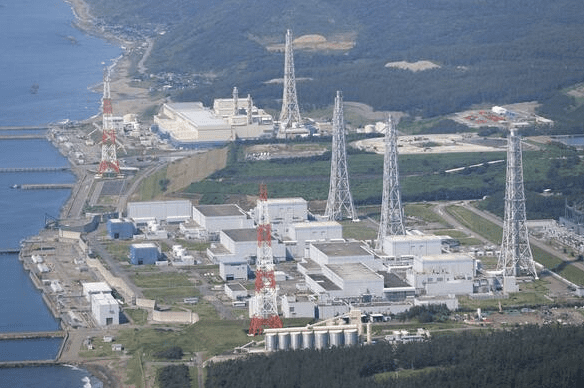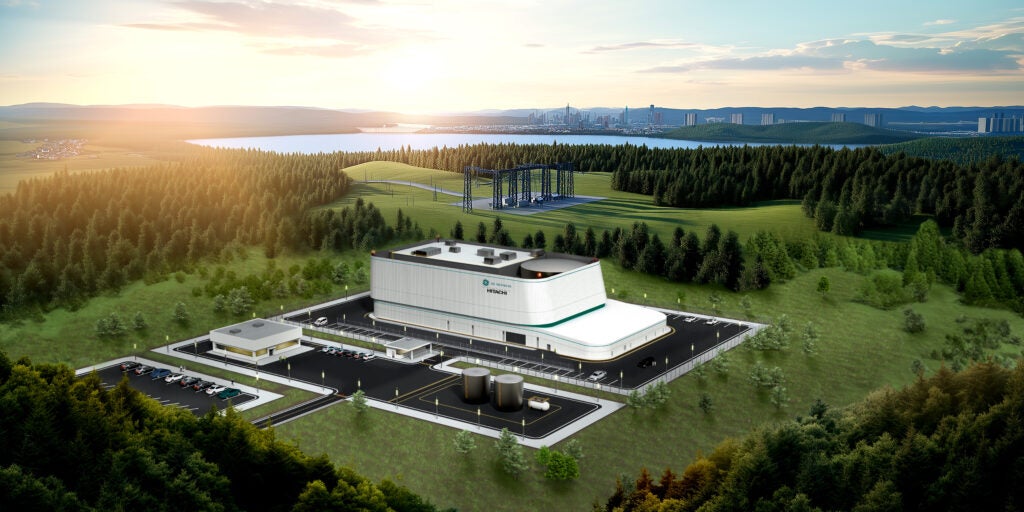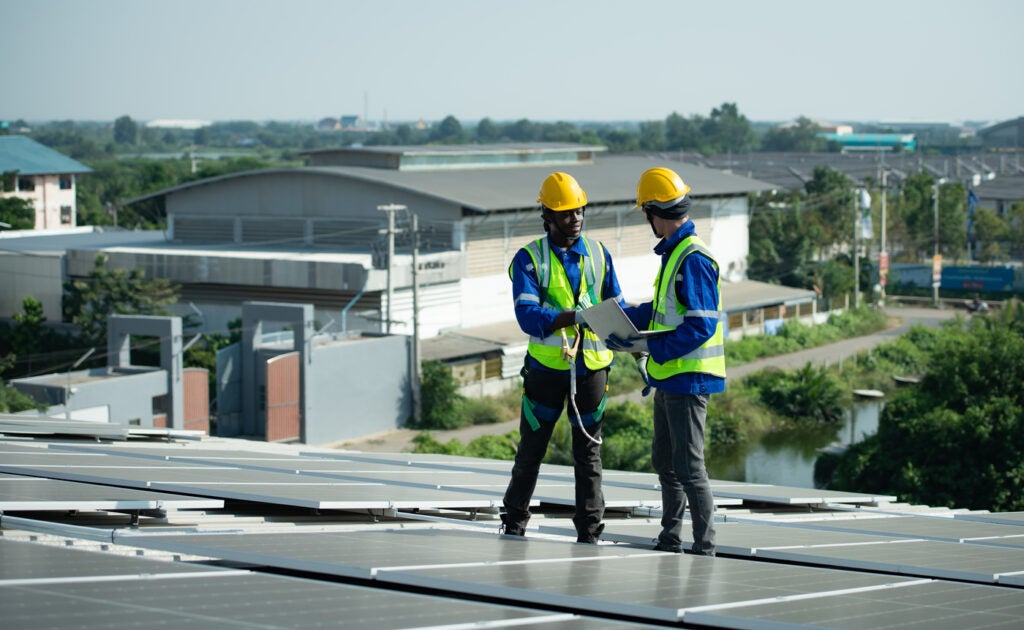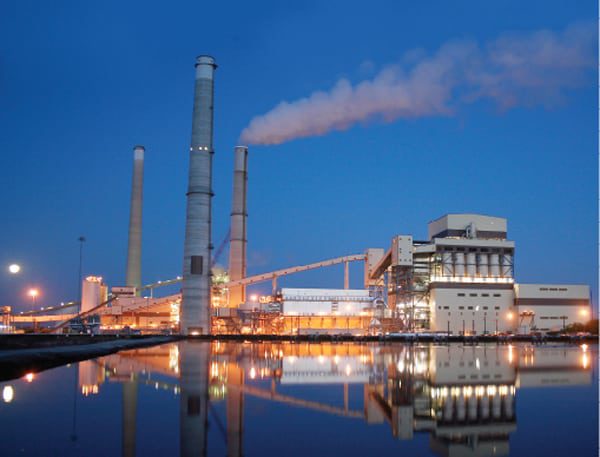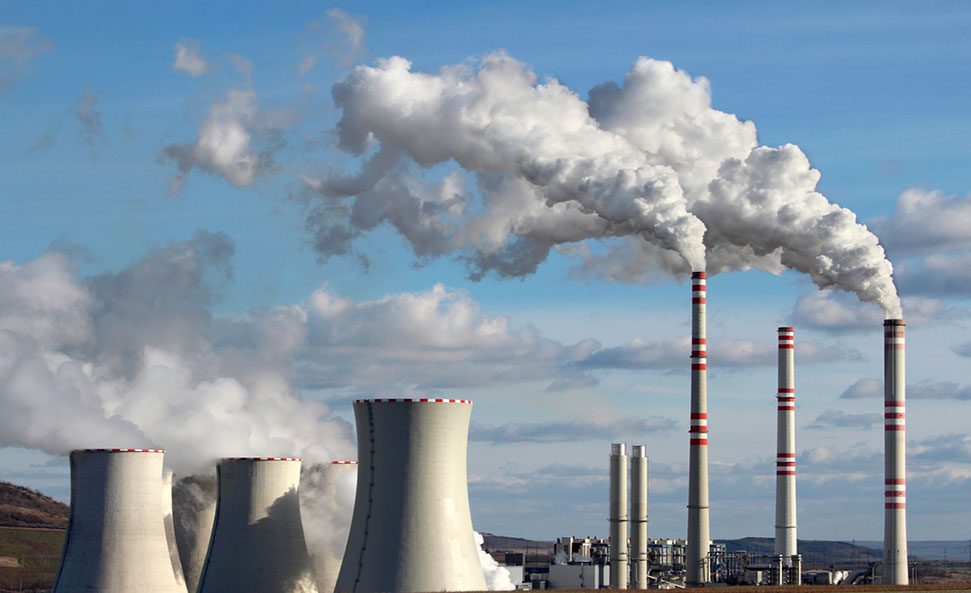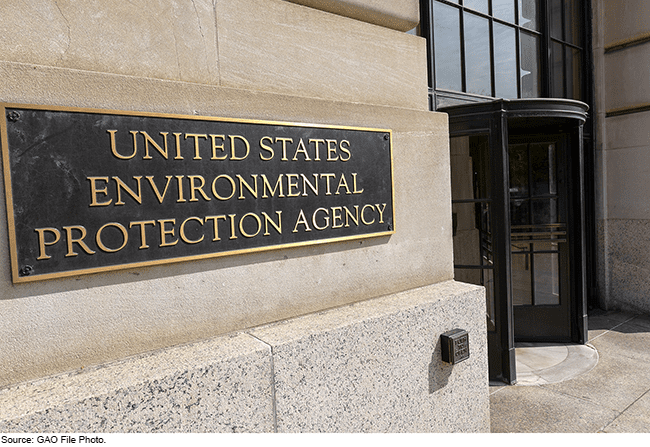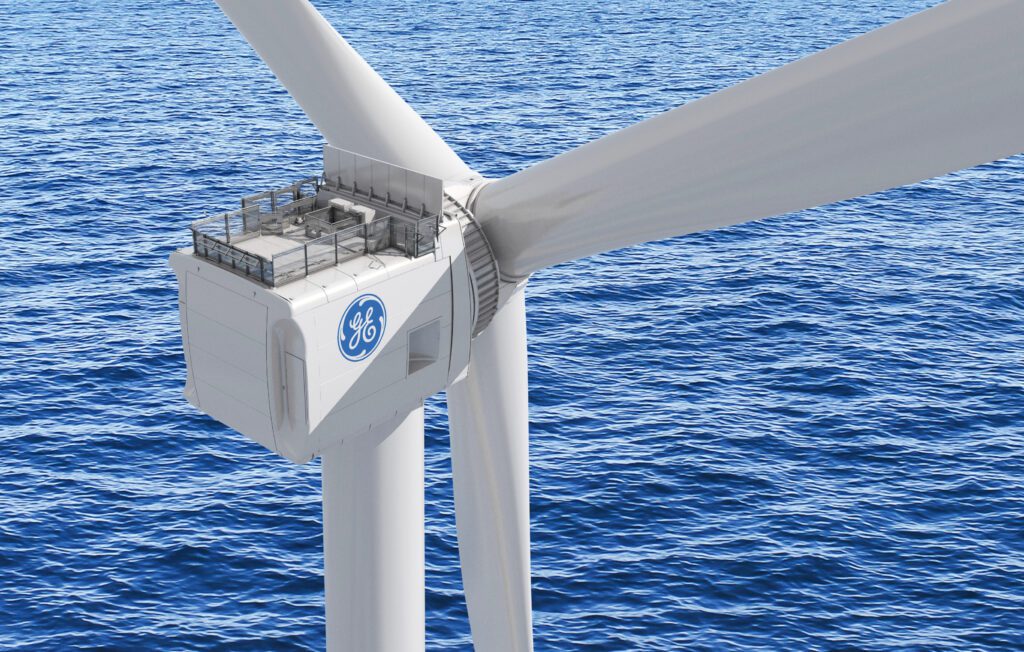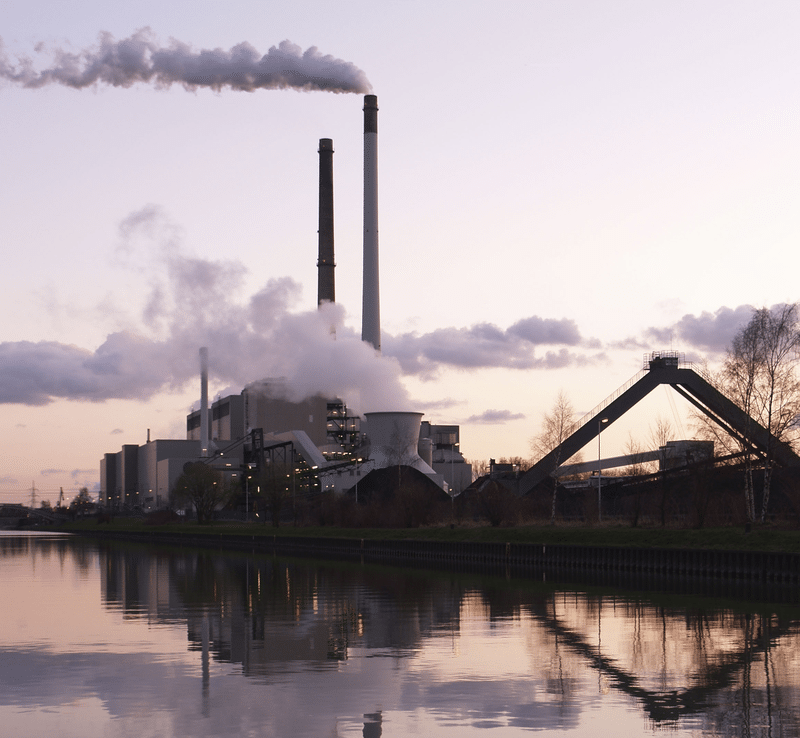U.S. President Donald Trump was sworn into office for the second time on Jan. 20, 2025. That means April 30 marks his 100th day back in office.
A lot has happened during that relatively short period of time (Figure 1). The Trump administration has implemented sweeping changes to U.S. energy policy, primarily focused on promoting fossil fuels while curtailing renewable energy development. The administration declared a “national energy emergency” to expedite approvals for fossil fuel infrastructure and lifted regulations on coal plants, exempting nearly 70 facilities from toxic pollutant rules. Coal was officially designated a “critical mineral,” with the Department of Justice directed to investigate regulatory bias against the industry. Additionally, the administration ended the Biden-era pause on approvals for new liquefied natural gas (LNG) export facilities, signaling strong support for natural gas expansion.

On the environmental front, U.S. Environmental Protection Agency (EPA) Administrator Lee Zeldin announced 31 deregulatory actions designed in part to “unleash American energy.” The administration is also challenging the 2009 EPA finding that greenhouse gases endanger public health—a foundational element of climate regulation. President Trump announced the U.S.’s withdrawal from the Paris Climate Agreement, effective in early 2026, and terminated involvement in all climate-related international agreements, effectively eliminating previous emissions reduction commitments.
Renewable energy has faced significant obstacles under the new administration. A six-month pause was imposed on offshore wind lease sales and permitting in federal waters, with specific projects targeted for cancellation. The administration issued a temporary freeze on certain Inflation Reduction Act (IRA) and Bipartisan Infrastructure Law (BIL) funds designated for clean energy projects. Policies were implemented to weaken federal clean car standards, potentially eliminate electric vehicle (EV) tax credits, and halt funding for EV charging networks—indirectly affecting power generation by potentially reducing electricity demand from EVs.
Yet, the administration’s tariff policy may end up impacting the power industry more than anything else it has done. “The Trump administration has taken an ‘everything-all-the-time’ approach, and so it is somewhat difficult to narrow down exactly what the most impactful things are going to be, but there is one thing in particular that I think would be hard to argue is not the most impactful, and that’s the current status of tariffs and a potential trade war,” Greg Lavigne, a partner with the global law firm Sidley Austin, said as a guest on The POWER Podcast.
In April, President Trump declared a national emergency to address trade deficits, imposing a 10% tariff on all countries and higher tariffs on nations with large trade deficits with the U.S. These tariffs particularly affect solar panels and components from China, potentially increasing costs for renewable energy projects and disrupting supply chains.
“It has been my experience in speaking with my clients, and seeing how their businesses have evolved over the past decade, that supply chain is absolutely critical to their ability to execute on developing important infrastructure assets and energy assets,” Lavigne said. “One of the things that you hear all the time when talking to both financing parties and developers is: ‘How much certainty do we have in our ability to execute?’ … For that reason, more than anything else—more than any of the energy independence proclamations or more than any stated position on what types of energy we want to have in this country—having a level of certainty about the costs and ability to execute is critically important.”
Meanwhile, the offshore wind energy industry has also taken a hard hit under the Trump administration. “My second-biggest impact in the first 100 days would certainly be the proclamations pausing evaluation of permitting of renewable projects, but particularly wind projects, on federal lands,” said Lavigne. “That is having real-world impacts today on the offshore wind market off the eastern seaboard of the United States.”
Lavigne noted that the Department of the Interior through the Bureau of Ocean Energy Management (BOEM) issued a stop-work order on the Empire wind project, which is being developed by Equinor off the coast of New York and New Jersey. “I think this is the first example of a major infrastructure investment—I mean, all these offshore wind projects off the eastern seaboard cost billions, if not 10s of billions of dollars each—it’s the first example of a project that has actually been stopped in its tracks while the Trump administration re-evaluates whether it believes that these projects are in the best interest of the country,” Lavigne said.
“No matter what side of the spectrum you are on—whether you’re supportive of wind or not supportive of wind—these changes are having major capital implications on the ability of all these companies [developing projects],” said Lavigne. “It’s going to have a massive impact on the attractiveness of pursuing these existing strategies in the United States. There’s no way it couldn’t.”
Despite the focus on traditional energy sources, the Trump administration has expressed support for nuclear energy as a tool for energy dominance and global competitiveness against Russian and Chinese nuclear exports. Key appointees, including Energy Secretary Chris Wright, have signaled a favorable stance toward nuclear power development, including small modular reactors.
To streamline energy project permitting, the Trump administration established the National Energy Dominance Council in February 2025, tasked with reducing bureaucratic barriers to energy production. In April, it announced a Permitting Technology Action Plan to modernize approval processes. However, transmission infrastructure development faces significant challenges despite stated goals, with local, state, and regional regulatory hurdles potentially limiting grid integration of various energy sources.
The Trump administration’s actions heavily favor the coal, oil, and natural gas sectors, while creating uncertainty in renewable energy markets despite bipartisan support for renewables in many states across the country. Environmental groups and states have initiated legal challenges against some of these policies, particularly regulatory rollbacks and funding freezes. Critics argue these changes have long-term environmental and economic costs, while supporters contend deregulation will lower energy costs and enhance grid reliability amid surging demand from data centers and the expansion of artificial intelligence (AI) systems. All these actions remain subject to ongoing legal and political developments, with their full impact on the power generation industry yet to unfold.
“I’ve been very fortunate to work with a lot of incredible renewable energy developers and investors over the past decade, and what always strikes me about that industry more than any other industry, and I think this extends to some of the clean fuels or some of the energy transition market participants [as well], but these people are first and foremost entrepreneurial. They are focused intently on figuring out ways to navigate an incredibly complex energy, power, and financial environment, and they have been for the past 10, 15, 20 years,” said Lavigne. “There’s barely been a single year that I can remember where there hasn’t been some major shift in the landscape of how these types of projects are developed, and the market always finds a way through. So, I personally am optimistic and excited about what the next phase of this entire marketplace is going to look like.”
To hear the full interview with Lavigne, which contains more on all of the actions taken by the Trump administration, their effect on U.S. manufacturing, long-term opportunities and risks, green hydrogen and clean fuels, stakeholder sentiment, and more, listen to The POWER Podcast. Click on the SoundCloud player below to listen in your browser now or use the following links to reach the show page on your favorite podcast platform:
For more power podcasts, visit The POWER Podcast archives.
—Aaron Larson is POWER’s executive editor (@AaronL_Power, @POWERmagazine).


